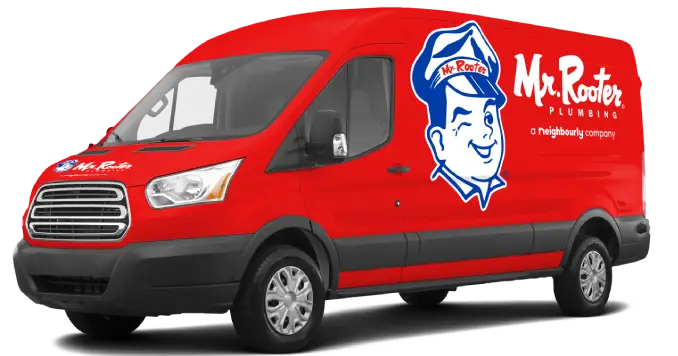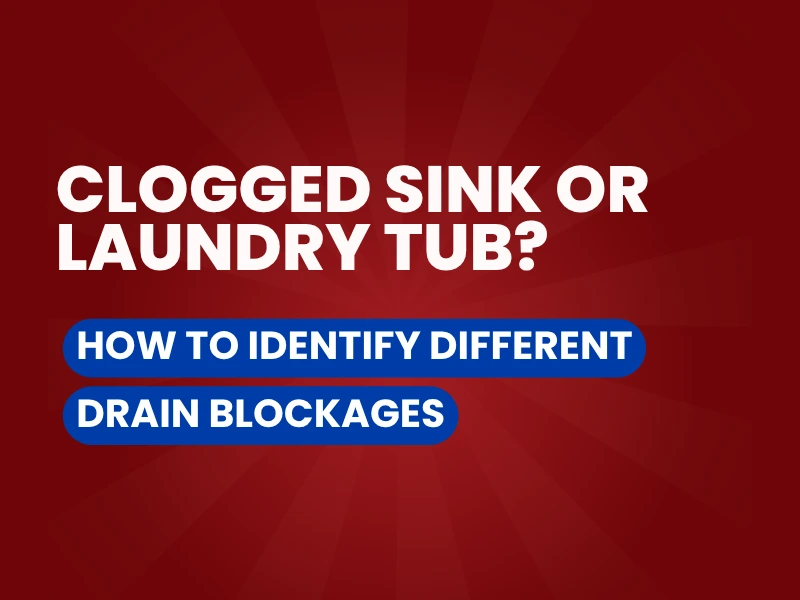
Drain clogs don’t care if you’re doing dishes, entertaining guests, or rinsing laundry - they show up when you least expect them. Kitchen sinks, bar sinks, and laundry tubs each handle different types of waste, and that means they can clog in various ways.
That’s why recognizing the type of blockage you’re dealing with is the first step to solving it quickly and safely. Could your slow or clogged drain be a surface clog - or is it a sign of something deeper?
Why Identifying the Blockage Type Matters
Just like in bathroom drains, treating every clog the same way in sinks and tubs can lead to wasted time and unnecessary damage. Each drain is used differently and accumulates unique materials: kitchen sinks to deal with food and grease, bar sinks with beverage residue, and laundry tubs with lint and soap buildup.
Misdiagnosing the issue can lead to pipe corrosion, hidden leaks, or more serious plumbing problems. By accurately identifying the type and location of the clog from the start, you greatly increase the chances of clearing it efficiently while protecting the health of your plumbing system.
Complete Blockage
Complete blockage is the most disruptive and easiest to notice. When your kitchen sink, bar sink, or laundry tub is completely clogged, water won’t drain at all - often leaving standing water filled with food debris, soap scum, or grey water. In the kitchen, this may look like a sink full of dishwasher and waste; in the laundry area, it can mean dirty water pooling around detergent and clothing.
These severe blockages are typically caused by dense buildups of grease, food particles, lint, or even small foreign objects. Over time, the debris compacts and seals off the pipe, preventing any water from passing through. If left untreated, complete blockages can result in overflow, under-sink leaks, and even damage to your cabinetry or flooring.
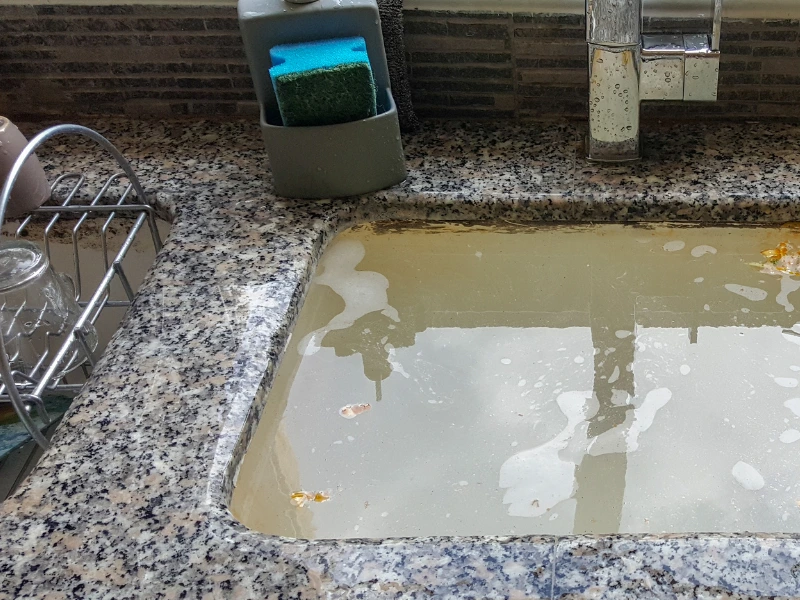
Slow Draining Water
Slow drains are extremely common, particularly in high-use areas like kitchen sinks. The water still drains, but painfully slowly - often leaving behind soap residue, greasy rings, or standing bubbles.
This typically indicates a buildup forming on the inside of the drainpipes. In kitchen sinks, this might be congealed oil or starchy waste. Bar sinks may collect sticky residue from syrups, fruit pulp, or alcohol. Laundry tubs are prone to clogs caused by lint, detergent scum, and tangled hair.
While slow drainage might seem harmless at first, it’s often the first warning sign of a more serious plumbing issue. The buildup can solidify and lead to a complete blockage - requiring more advanced tools to resolve it.
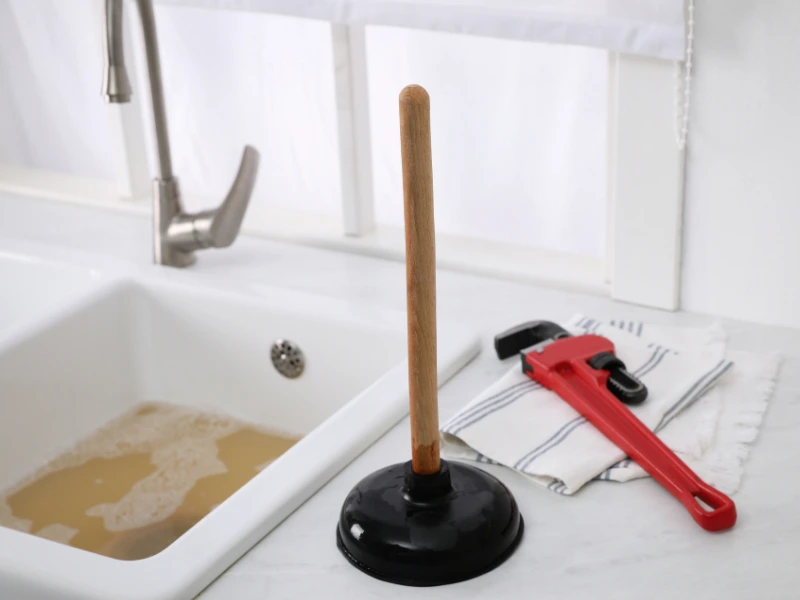
Intermittent Blockage
Intermittent clogs are harder to spot because they come and go. One day, the sink drains perfectly fine. The next day, it slows to crawl or backs up entirely. This inconsistency makes it difficult for homeowners and even for plumbers to pinpoint the underlying cause.
Unlike complete clogs, intermittent blockages aren’t fixed in one location. Debris may shift inside the pipe, temporarily allowing water to pass before blocking the drain again. In some cases, the problem is linked to poor venting, which restricts water flow without visible obstruction.
Because these symptoms are inconsistent, many homeowners overlook them - until the problem escalates into a complete blockage requiring more intensive and costly plumbing repairs. Identifying intermittent sink or laundry tub blockages early gives you a better chance of resolving the issue before it turns into a serious plumbing emergency.
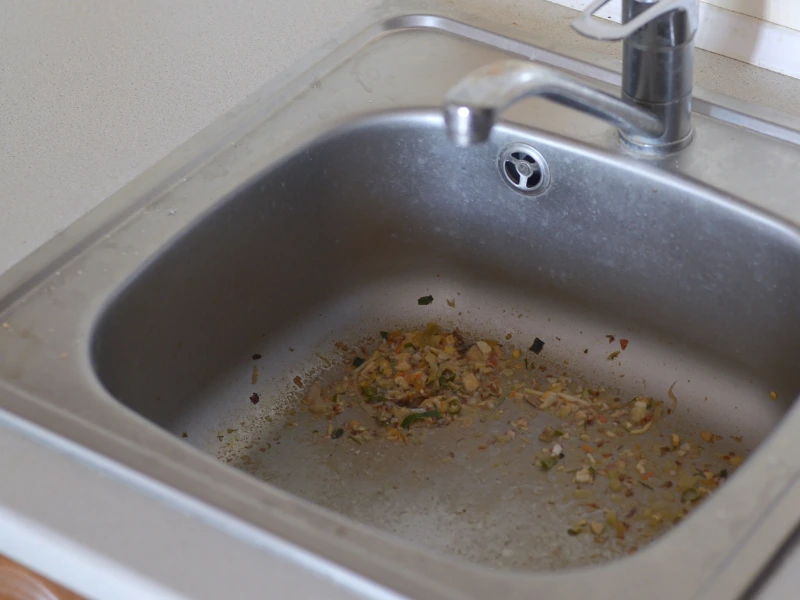
Blockage Type Comparison
To better understand what kind of issue you may be facing, here’s a quick comparison chart showing how each blockage behaves:

DIY Risks You Might Miss
When faced with a blocked kitchen or laundry sink, the first instinct is often to try and fix it yourself. But using the wrong tool - or using the right tool the wrong way - can easily make things worse.
Let's take a closer look at the most common tools and their risks when used on sinks, bar sinks, and laundry tubs.
Plunger or Wet Vacuum
Plungers and wet vacuums are often used as the first response to surface clogs. A few good plunges may clear a small blockage near the drain, while a vacuum can help suck out soft buildup.
These tools are simple, non-invasive, and relatively safe; however, when used on deeper or stubborn blockages, they can actually push the clog further into the drain. More so, in sinks or laundry tubs with weakened seals or old piping, aggressive plunging can cause leaks or loosen joints beneath the fixture.
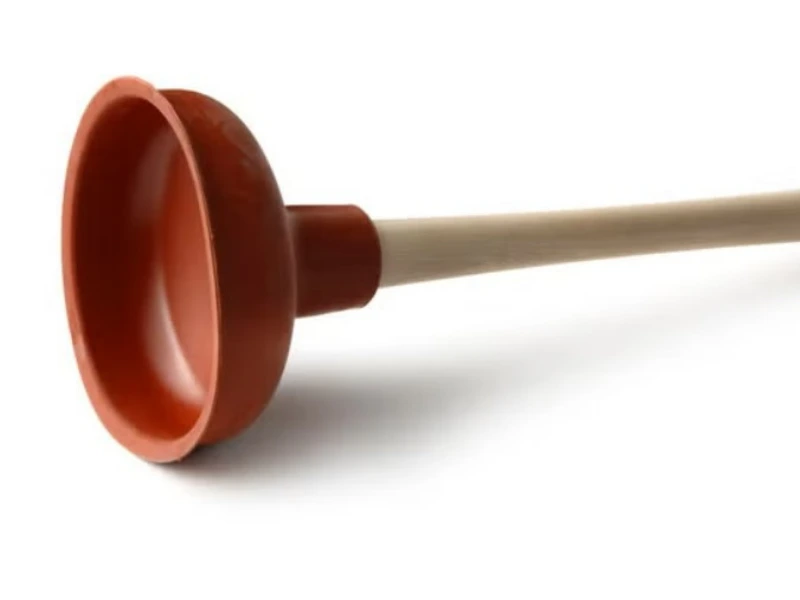
Cable Machine
A cable machine is the go-to professional tool for complete blockages in sinks and laundry drains or thick buildups that softer treatments can't handle.
While highly effective, cable machines require skill and experience. In the hands of a homeowner, the cable can become stuck, damage the pipe, or scratch the interior of the sink drain. Worse, using the wrong access point could result in the cable not reaching the blockage at all. That's why it's best to leave this tool to licensed plumbers who know how to navigate your plumbing system safely.
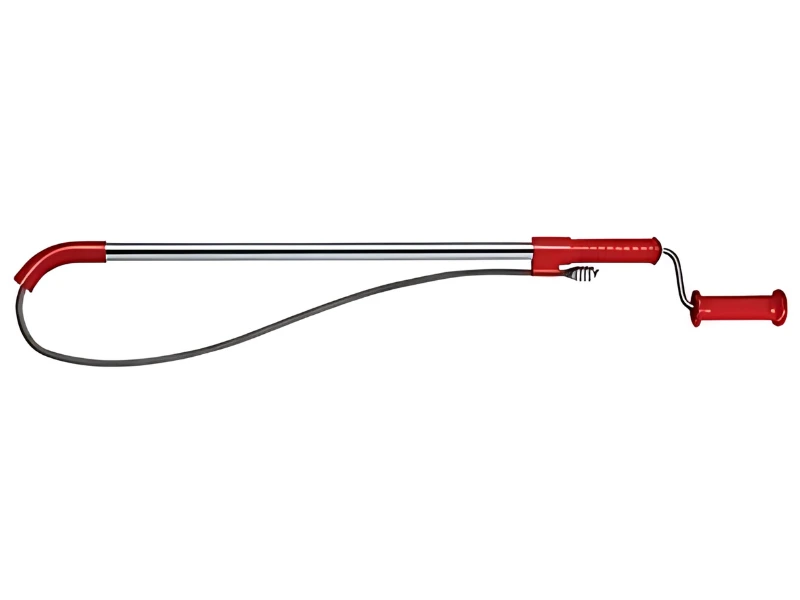
Chemical Cleaners
Chemical cleaners may promise fast results, but they often cause more harm than good. While they might offer short-term relief, the long-term effects can be damaging.
In older kitchens and laundry rooms, pipes made from plastic or metal may react poorly to repeated chemical exposure. And even when they work, these cleaners rarely remove the complete blockage - they only create a temporary hole through the debris, allowing the problem to return days or weeks later.
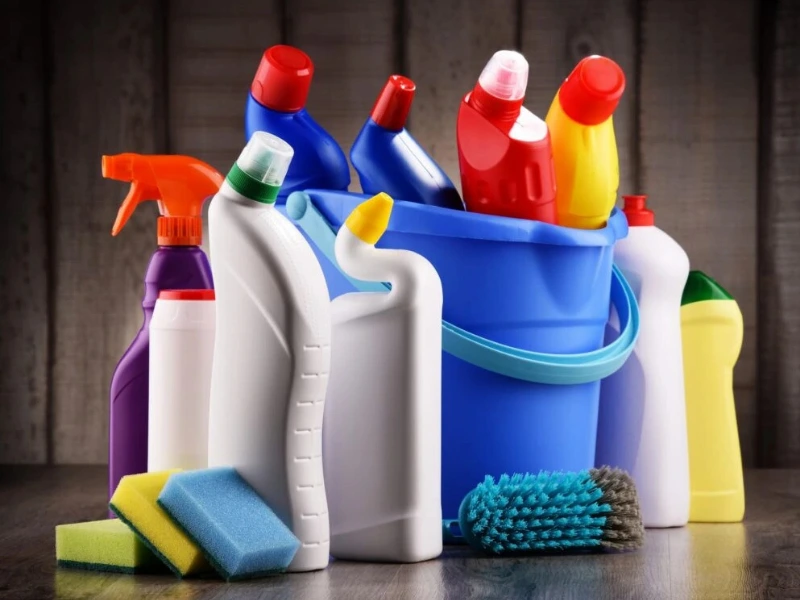
Don't Let the Guesswork Drain Your Time
If you've been plunging, snaking, or pouring chemical cleaners without success, it may be time to stop guessing and start fixing. The safest and most efficient solution is to hire a licensed plumber who can accurately diagnose the problem and apply the proper method the first time.
At Mr. Rooter Plumbing of Ottawa, our plumbers use specialized tools and techniques to clear your kitchen, bar, or laundry sink drains - without damaging your pipes or fixtures. We identify the type and location of the blockage before performing any work to ensure lasting results.
Call Mr. Rooter Plumbing of Ottawa Today
Contact us today at https://www.mrrooter.ca/ottawa/ to schedule a drain cleaning service for your sink, bar sink, or laundry tub. Don’t let a minor blockage become a major disaster.

